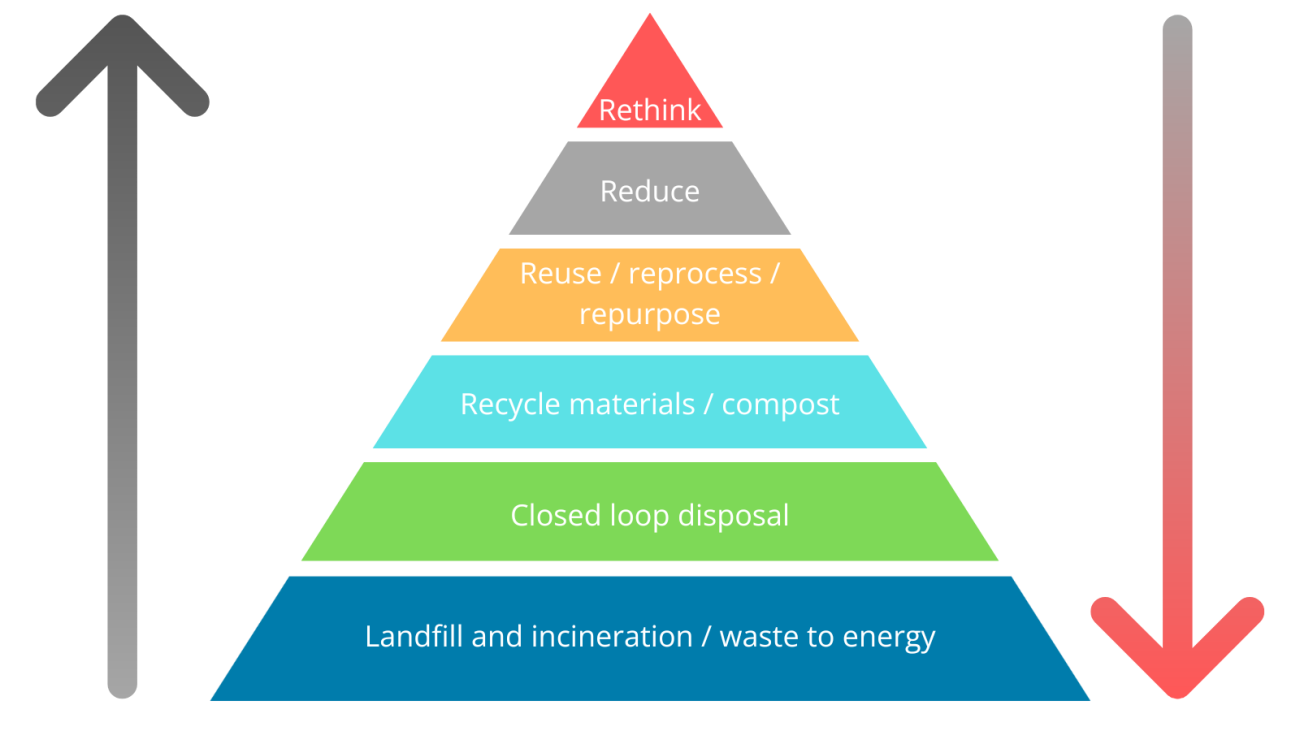As the global health care system expands, reaching more people and offering more sophisticated treatments, a silent crisis is unfolding. When improperly treated, this growing amount of waste and disposable products drives an increase in air pollution, environmental pollution, unnecessary carbon emissions, and resource waste.

Health Care Without Harm’s five principles for health care waste management
Closed-loop disposal technologies are defined as those where waste can be retained for testing and reprocessed as necessary. Burning or landfilling releases most of the waste into the environment, and contaminants cannot be retrieved.
Through sustainable health care waste management, every hospital, large and small, rural and urban, can have a positive impact on the public and environmental health of its community.
When properly managed, health care waste should not cause any adverse impacts on human health or the environment. By sorting and reducing waste, hospitals not only avoid disposal costs and environmental hazards but also reduce the amount of raw materials, energy, and processing needed to replace the products they use.
Health facilities can cut waste, pollution, and greenhouse gas emissions through:
- Better purchasing: minimizing packaging, avoiding toxics, choosing reusable products, and buying recycled,
- Recycling, including anesthetic gases,
- Composting and biodigestion,
- Minimizing waste transport with local treatment and disposal,
- Using steam-based waste disinfection methods like autoclaving and microwaving, and,
- Choosing final waste disposal technologies with care and avoiding incineration wherever possible.
